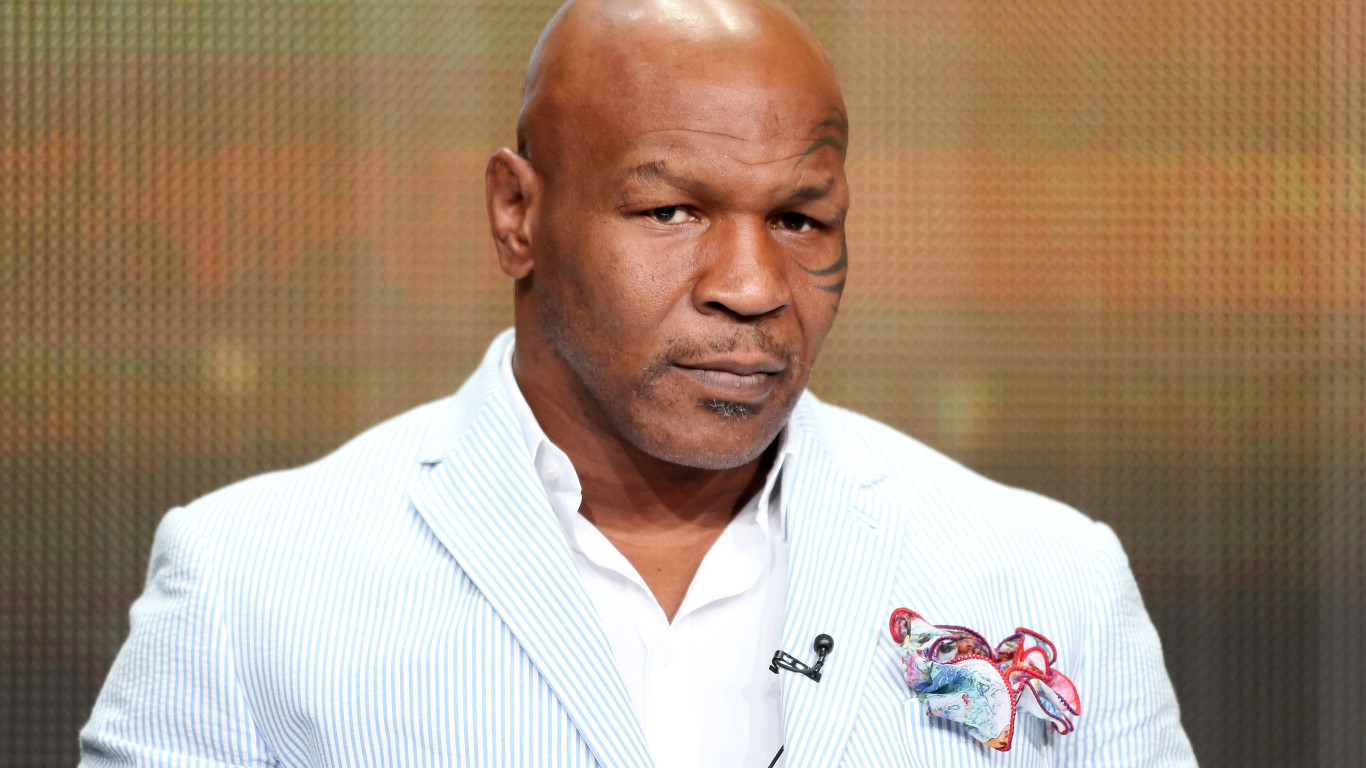
Growth estimates are based on the trend toward more mobile video content for smartphones and tablets combined with better services that combine streaming video offerings with other pay-TV offerings. That said, however, pay-TV household penetration in the United States is expected to slide from around 81% in 2013 to 78% by 2019. Strategy Analytics attributes the decline to cord-cutting and new homes that won’t be getting pay-TV.
One reason for the decline is subscriber age. Forrester Research says that just 6% of all online adults cut their pay-TV cords last year, when looking at just 18- to 24-year-olds the percentage rises to 10%. Another 14% of that age group are considering cutting the pay-TV cord while just 9% of all adults are considering the move. There is no data on how many 18- to 24-year-olds have never had a pay-TV subscription of their own.
What is making a comeback? The trusty roof-top antenna. Consumers can receive free over-the-air programming and pay for the Internet streaming. Home antenna use rose 7% in 2013, according to Strategy Analytics, to 21.5 million households.
While it is hard to say what plans Amazon.com Inc. (NASDAQ: AMZN) has for its Prime Instant Video offering, Netflix Inc. (NASDAQ: NFLX) would very likely love to tie-up with a pay-TV operator to add a Netflix subscription to the pay-TV subscription. That has long been one of the company’s goals for its streaming service, and there is no reason to believe that goal has changed.
Such a deal would be a big win for Netflix, which may be why its chances of happening are fairly low. The proposed merger between Comcast Corp. (NASDAQ: CMCSA) and Time Warner Cable Inc. (NYSE: TWC) would allow Comcast to offer Netflix programming through its Xfinity service, which would serve the demand for mobile access and, perhaps, greater demand for Comcast’s traditional cable service.
What could also happen is that Comcast could drive a very hard bargain with consumers, forcing them to pay for even more programming that they don’t want. That is perhaps the biggest negative to the Comcast-Time Warner merger, and it is not a small one.
Take This Retirement Quiz To Get Matched With An Advisor Now (Sponsored)
Are you ready for retirement? Planning for retirement can be overwhelming, that’s why it could be a good idea to speak to a fiduciary financial advisor about your goals today.
Start by taking this retirement quiz right here from SmartAsset that will match you with up to 3 financial advisors that serve your area and beyond in 5 minutes. Smart Asset is now matching over 50,000 people a month.
Click here now to get started.
Thank you for reading! Have some feedback for us?
Contact the 24/7 Wall St. editorial team.
